(Glazed) roof hatch or traditional skylight?
Are you considering adding natural light and ventilation to your home or office? Then you may be wondering whether you opt for a (Staka) roof hatch (with glass) or traditional skylights. These products each have their own advantages and disadvantages and making the right choice depends on the application as well as your specific needs and preferences.
In this post we will compare Staka roof hatches and traditional skylights and domes. We discuss the pros and cons of the products and make recommendations as to which type of product might be best in different situations.
Comparison of design, functionality and costs: Staka roof hatches versus traditional skylights and domes
Design
One of the main differences between Staka Roof Hatches and traditional skylights/domes is the design. Staka Roof hatches have a unique design with easy operation and a wide range of design options. They are integrated into the roof construction, which ensures a seamless appearance and, when opting for a glass roof hatch, maximum light and ventilation. On the other hand, traditional domes are usually installed as a separate unit that protrudes from the roof. They come in different shapes, but they usually have a more traditional or classic look.
Application
Not all these products are used for the same applications. Skylights/domes are often used to let natural light into (large) commercial spaces. They often do not provide any type of ventilation or access to a roof, as (Staka) roof hatches do. Traditional roof windows are often used in sloping roofs (attics), where (Staka) roof hatches are only suitable for flat roofs.
Functionality
Another important difference between these products is functionality. Staka roof hatches have various options, such as manual or electric operation, a choice of various sizes, a wide variety of color options and the roof hatch can be completed with various types of stairs (scissor ladder, ladder, fixed staircase or cage ladder) to provide permanent access to the roof. Traditional domes, on the other hand are usually manually operated, if they can even be opened at all, meaning you have to go up on the roof to open or close them.
Cost
Finally, cost is another important consideration when comparing roof hatches to traditional skylights. Roof hatches are usually more expensive than traditional skylights or domes, but they offer a wider range of features and options that justify the higher. Traditional skylights or domes, on the other hand, are often less expensive, but may not offer the same level of functionality and design options.
Limitations and disadvantages of traditional skylights and domes
A traditional roof dome or skylight is often installed with the objective to let light into a room, not to provide permanent access to a roof, which is what a roof hatch is used for. Maintenance of the skylight or dome or to installations on the roof, such as air conditioning units or solar panels, can therefore face challenges. In addition, these domes or skylights, as well as roof hatches, have to be be cleaned regularly, because algae or other deposits can limit the amounts of light. Because skylights or domes often do not provide access to the roof itself, access to the roof will have to be gained through another way, often the outside of a building and with or without the aid of specialized machines. This makes maintenance and cleaning a lot more labor-intensive. A roof hatch is designed to create access to a roof and therefore does not have these limitations.
In summary, the main differences between Staka roof hatches and traditional skylights/domes are the design, functionality and cost.
Staka roof hatches have a unique design that allows for easy operation and a wide range of design options and can be integrated on a flat roof and supplemented with a riser to create permanent access to the roof. Traditional roof domes protrude from the roof and have a more traditional or classic look. Staka Roof hatches have various options in terms of functionality, such as manual or electrical operation and several size and color options. In terms of cost, Staka roof hatches are usually more expensive than traditional skylights/domes, but they offer a wider range of functions and options that justify the higher cost.
All in all, both Staka Roof hatches and traditional skylights/domes have their own advantages and disadvantages and the choice depends on the specific wishes and preferences of the building owner. Based on the information in this blog post, we recommend that readers consider the following factors when choosing between Staka roof hatches and traditional skylights/domes:
- Roof type: Staka roof hatches are suitable for flat roofs only. If you have a sloping roof, you will end up with a roof window anyway.
- Access: is there any equipment, such as installations or solar panels placed on a roof? Then they need to be maintained regularly. Permanent roof access by means of a roof hatch is essential. In addition, (Glass) roof hatches can also provide excellent access to roof terraces on residential houses and apartment buildings.
- Functionality: if you are looking for a product with more functions and options, such as manual or electric operation, then Staka roof hatches may be a better choice. If you prefer simpler, manual operation or a closed skylight, traditional skylights may be a better option.
- Cost: If cost is a major concern, traditional skylights/domes may be less expensive. However, if you are willing to invest more for a wider range of functions and options and consider sustainability important, Staka Roof Hatches may be a better choice.
- Maintenance and energy efficiency: if you are looking for a product that is easier to maintain and more energy efficient, then Staka roof hatches may be a better option. Our TopAccess roof hatches are particularly energy efficient with an insulation value of: U = 0.21 W/m2K. Because the roof hatch is a permanent entrance, it is also easily accessible for maintenance.
Ultimately, the best option depends on the application and your specific needs and preferences. We recommend considering the above factors and consulting a professional to determine the best option for your situation.
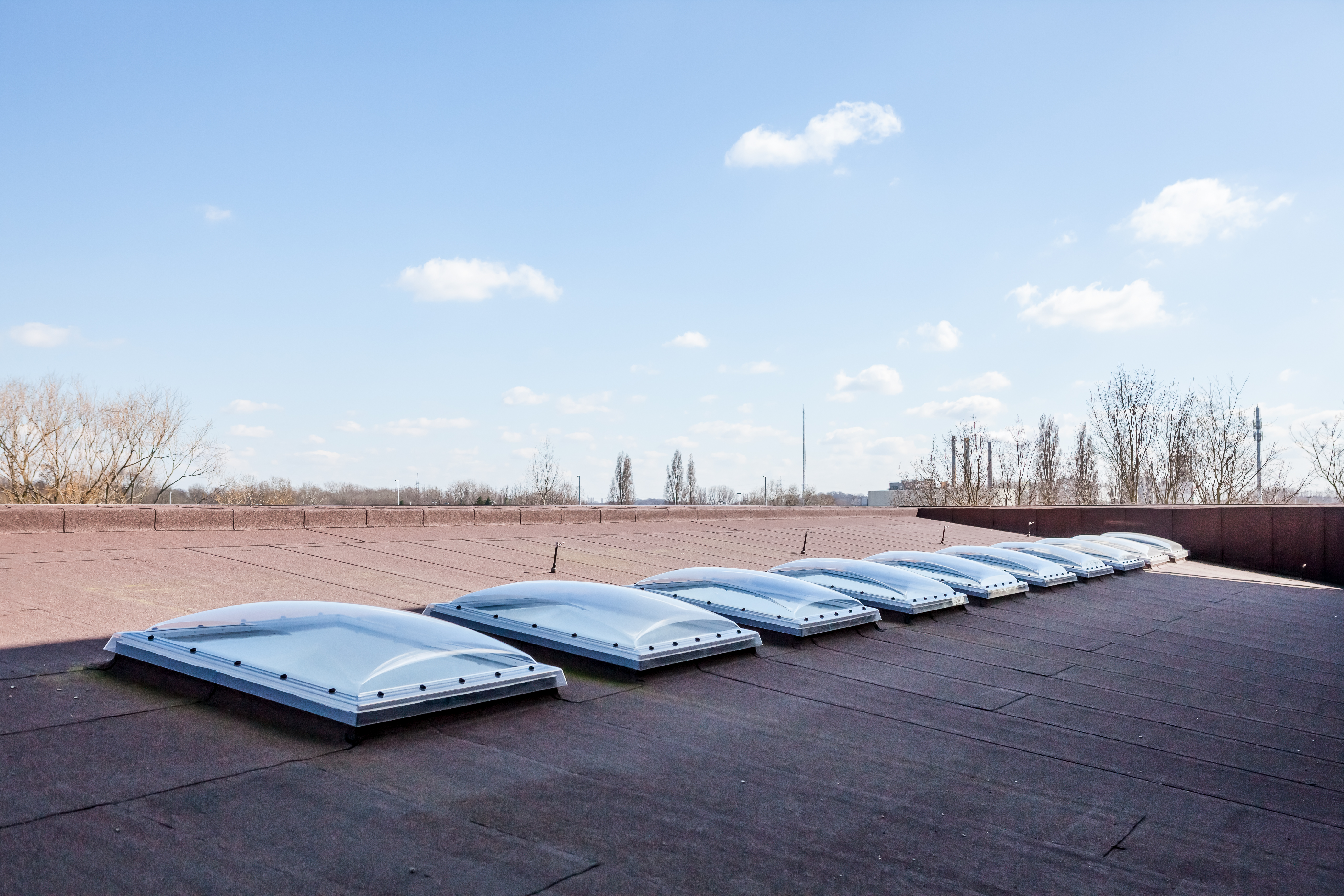
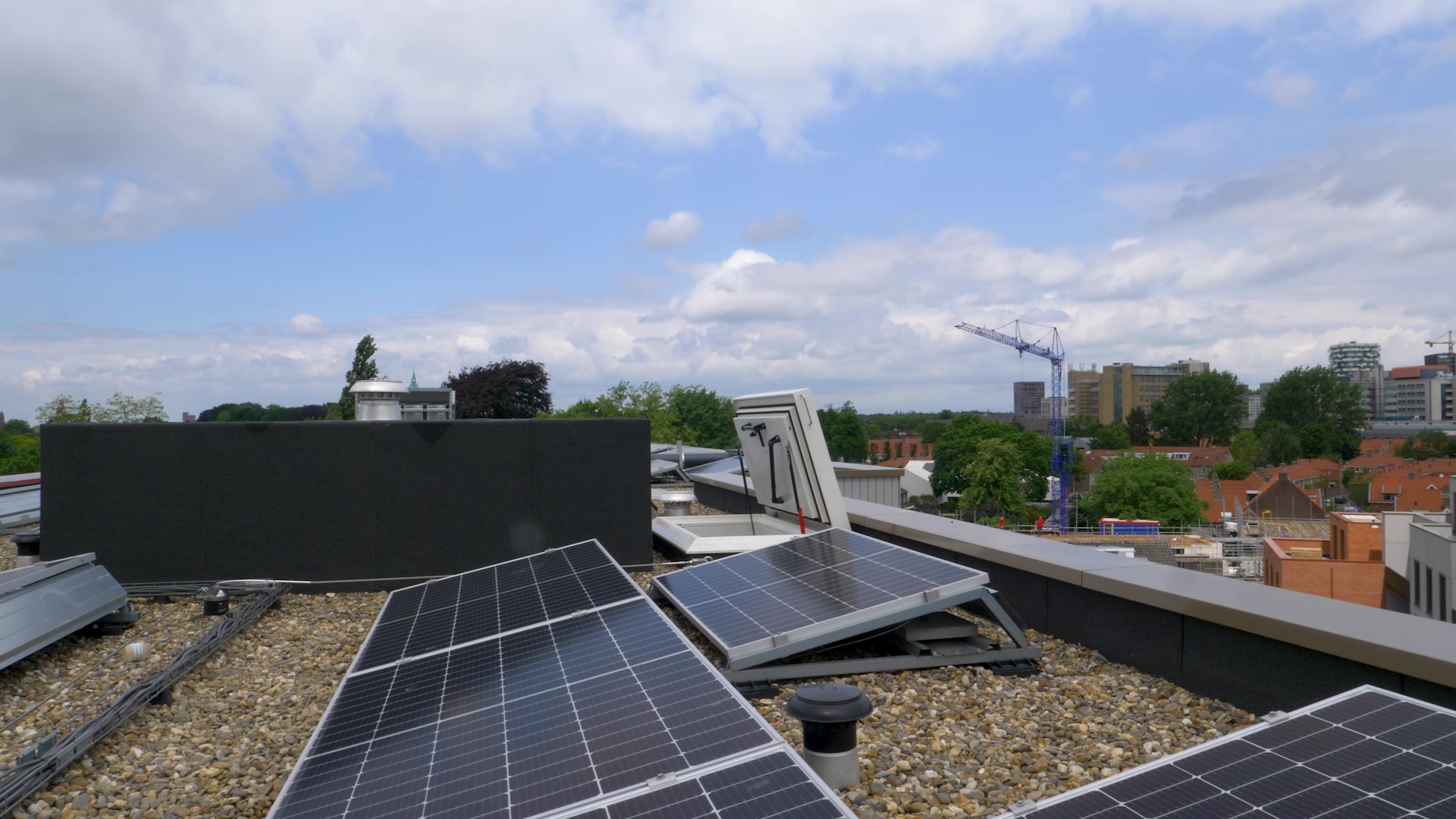
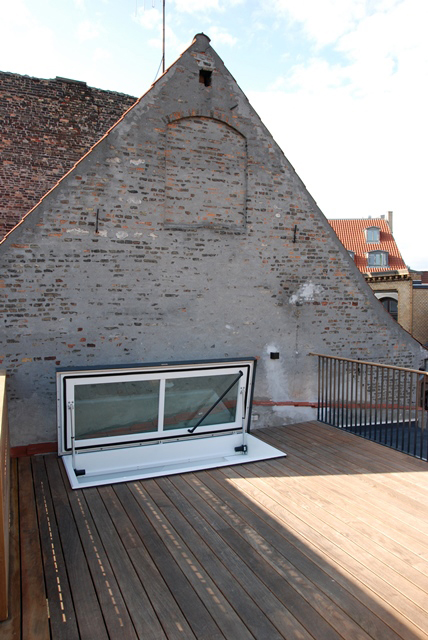
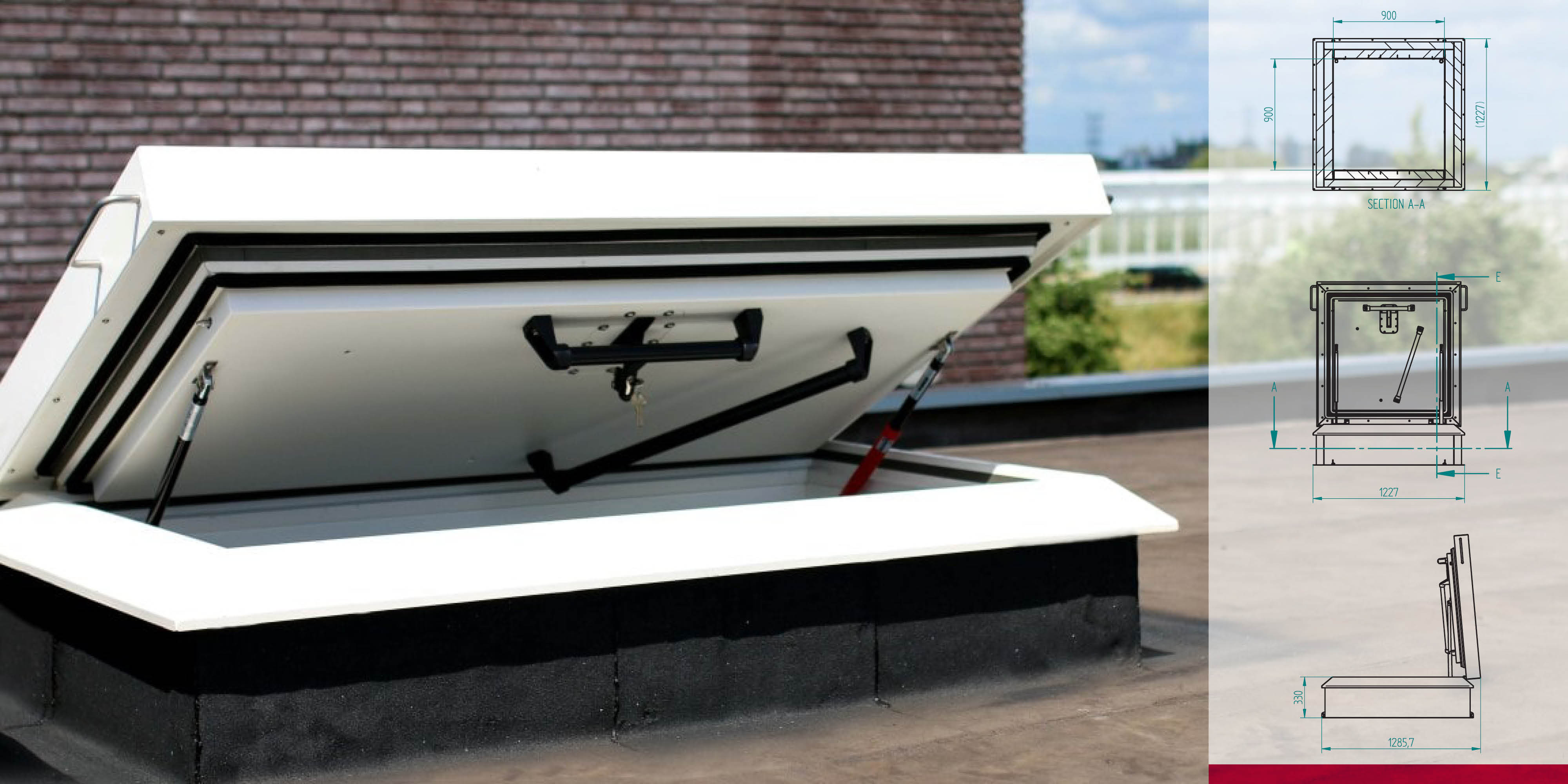
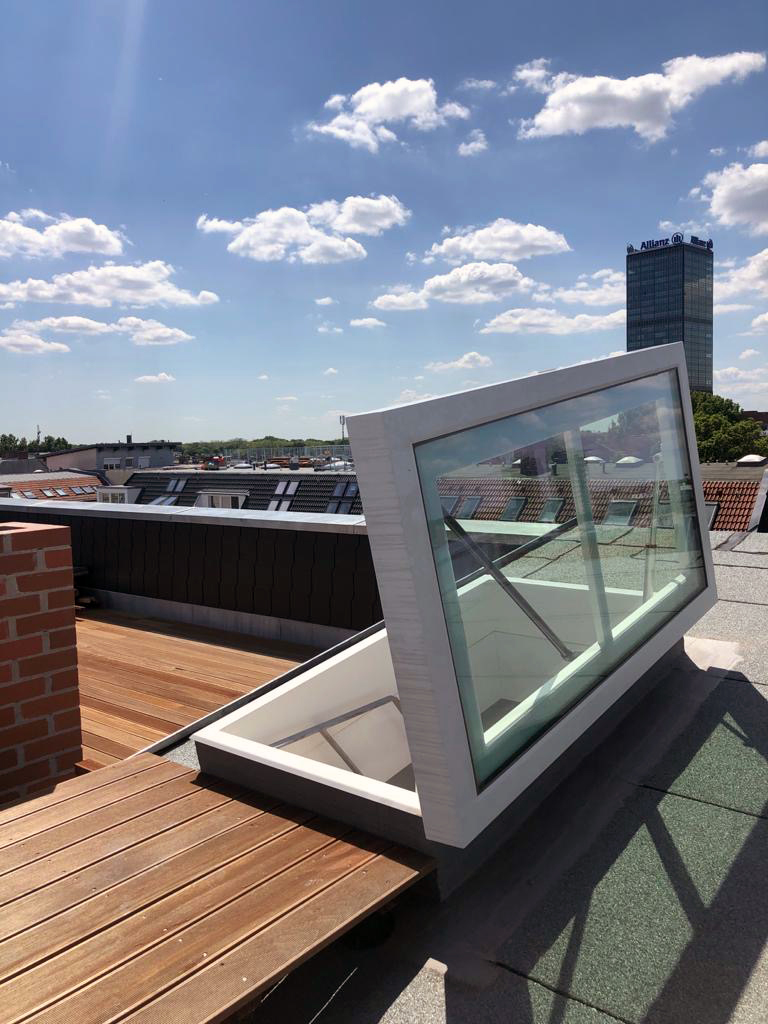
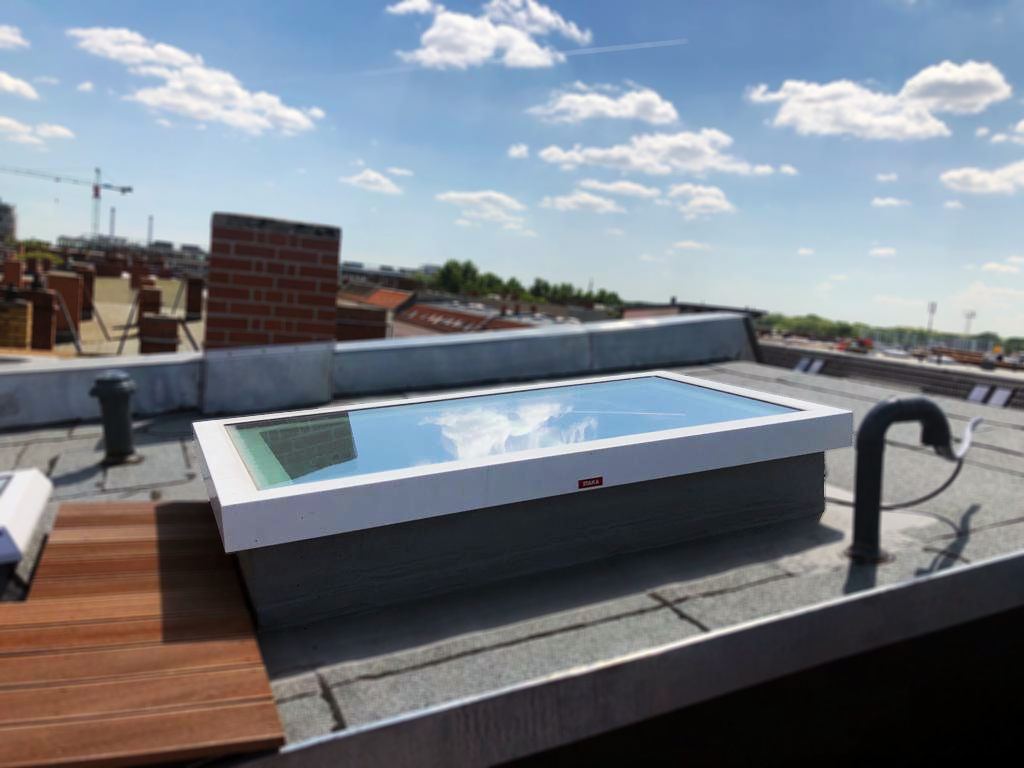
- 2026 © STAKA Bouwproducten B.V.
- PostAds
- All rights reserved.

 UK
UK Nederlands
Nederlands Deutschland
Deutschland US
US La France
La France


